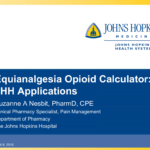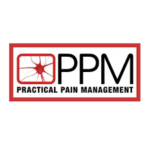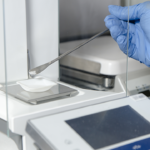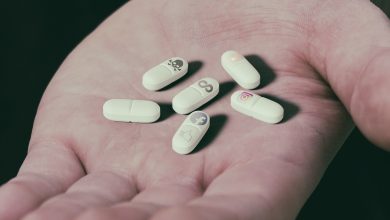Measurement Conversion Charts & Calculator
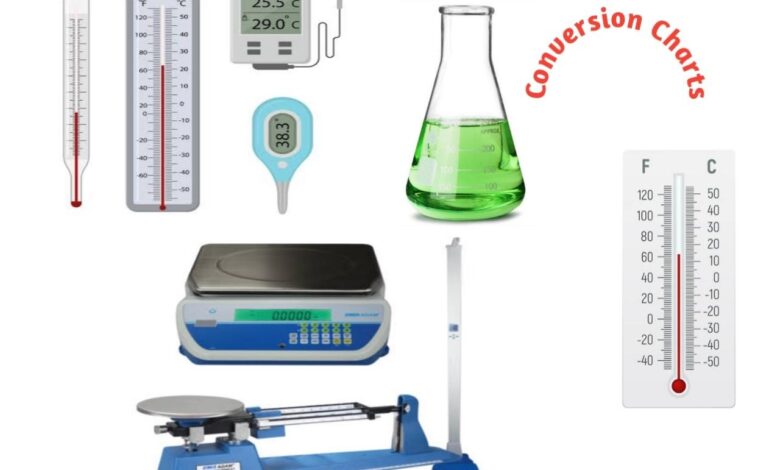
Accurate measurement is very vital in medication safety because the use of medication remains the most common intervention in health care. The complexity of both medication use and the medication management process makes the outline below created by Drugs.com the world’s largest and most reliable source of medication information very important.
There are several measurement systems in use around the world and it can be daunting trying to convert a foreign measurement into one you are familiar with. To add to the confusion, some abbreviations for these measurements sound similar, yet the quantity may differ by a thousand. This article explains some of the more common conversions and abbreviations. You can also use the measurement conversion calculator at the footer of this website or on the right-hand side of this article.
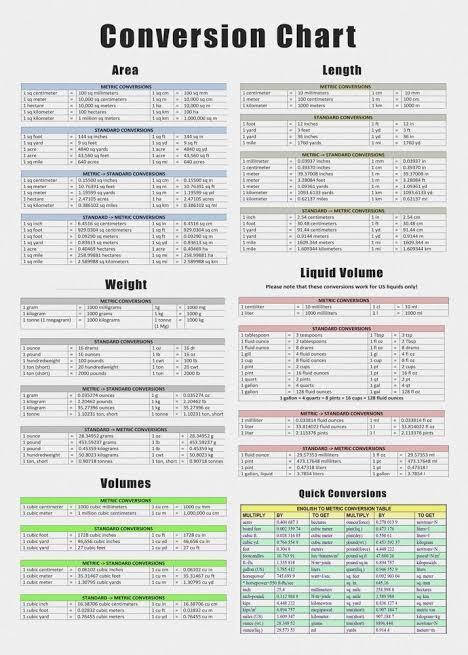
Liquid Measurement Conversions
How many ml in a teaspoon? How many fluid ounces in one liter? If you are giving any type of liquid, you may be seeking the answers to these questions.
But the answer may not be as straightforward as saying one teaspoon equals 5mL. Using a kitchen spoon to measure the dose of medicine is NOT a good idea unless it has been properly calibrated or sold as a kitchen measure. Teaspoons and tablespoons are NOT official measurements and most of the silverware and cutlery that you buy to eat with has not been standardized to the same volume, and actual teaspoon volumes may range from 2.5mL to 7mL. Measuring a dose with the cutlery you use to eat with will likely result in either an under-dose or an overdose of the medicine.
This is why you should always use a dosing cup, syringe, or measuring spoon. These are often supplied free with liquid medicines, but, if not, can be bought from a pharmacy and most supermarkets. Always use a properly calibrated measuring device to measure liquid medicines.
Note: Fluid ounces are a measure of volume while ounces are a measure of weight.
| Quantity | Conversion |
| ½ teaspoon | 2.5 mL |
| 1 teaspoon | 5 mL |
| 2 teaspoons | 10 mL |
| ½ tablespoon | 7.5 mL |
| 1 tablespoon | 15 mL |
| 3 teaspoons | 1 tablespoon |
| 1 liter | 1000 mL |
| 1 fluid ounce | 30 mL* |
| 1 pint | 473 mL* |
| 1 gallon | 3785 mL* |
| * Approximately |
Abbreviations
• Teaspoon = tsp
• Tablespoon = Tbsp or Tb
• Milliliter = mL
• Liter = L
• Fluid ounce = fl oz
• Pint = pt
• Gallon = gal
Solid Measurement Conversions
How many mcg in an mg? How many mg in an oz? Measurement conversions for solids can be confusing, particularly when many of the units sound the same.
| Quantity | Conversion |
| 1000 micrograms | 1 milligram |
| 1000 milligrams | 1 gram |
| 1000 grams | 1 kilogram |
| 1 kilogram | 2.2 pounds |
| 1 ounce | 28,300 milligrams |
| 1 ounce | 28.3 grams |
| 1 pound | 16 ounces |
| 1 pound | 454 grams |
| 1 pound | 0.45 kilograms |
| 1 stone | 14 pounds |
| 1 stone | 6.35 kilograms |
Abbreviations
• Microgram = mcg (may also be written µgm)
• Milligram = mg
• Gram = gm
• Kilogram = kg
• Ounces = oz
• Pounds = lbs
Temperature Measurement Conversions
The Fahrenheit scale for temperature is only used in the United States and its associated colonies, although Canada still retains it as a supplementary scale.
To convert Fahrenheit to Celsius, take the Fahrenheit temperature and subtract 32, then multiply this number by 5, then divide the answer by 9 to obtain the temperature in degrees Celsius.
To convert Celsius to Fahrenheit, take the Celsius temperature and multiply it by 1.8, then add 32 to obtain the temperature in degrees Fahrenheit.
The Celsius and Fahrenheit scales meet at -40°. Above -40°, Fahrenheit temperatures are always higher than corresponding Celsius temperatures, and below -40°, Fahrenheit temperatures are lower than the corresponding Celsius temperatures.
| Temperature | Conversion |
| -40°C | -40°F |
| -17.8°C | 0°F |
| 0°C | 32°F |
| 30°C | 86°F |
| 100°C | 212°F |
The Kelvin Temperature Scale
The Kelvin temperature scale is called an absolute temperature scale because it begins at zero and progresses in only one direction (there are no negative temperatures in the Kelvin scale).
The zero point of the Kelvin scale is absolute zero, which is the theoretical temperature at which molecules of a substance have their lowest kinetic energy and cannot get any colder. The Kelvin scale is defined using the third law of thermodynamics.
The Kelvin scale is related to the Celsius scale but is conventionally written without the degree symbol. Zero Kelvin (written 0k) corresponds to −273.15°C on the Celsius temperature scale.
The Kelvin scale is mainly used for scientific temperature measurement because it allows many physical laws and formulas to be expressed more simply. The kelvin is the base unit of temperature in the International System of Units (SI). It is named after British mathematician and physicist William Thomson Kelvin, who proposed it in 1848.
| Kelvin | Celsius |
| 0 | -273.15 |
| 273.15 | 0 |
| 373.15 | 100 |
Note that 1 kelvin has the same magnitude as 1 degree Celsius, as seen by the difference between the freezing and boiling points of water of 100 degrees Celsius (or 100 kelvins).
Article Credit: This article is adapted from Drugs.com the World’s largest source of medication information
Sources
• How to use liquid medications. Safe Medication. ASHP. http://www.safemedication.com/safemed/MedicationTipsTools/HowtoAdminister/How-to-Use-Liquid-Medications
• Pharmacy Measurement Conversions. Pharmacy Tech Study. https://www.pharmacy-tech-study.com/measurements.html
• How to Convert Fahrenheit to Celsius. Thoughtco.com. https://www.thoughtco.com/convert-farenheit-to-celcius-609232
• Celsius to Fahrenheit formula. Rapid Tables. https://www.rapidtables.com/convert/temperature/how-celsius-to-fahrenheit.html
Further information
Always consult your healthcare provider to ensure the information displayed on this page applies to your personal circumstances.

